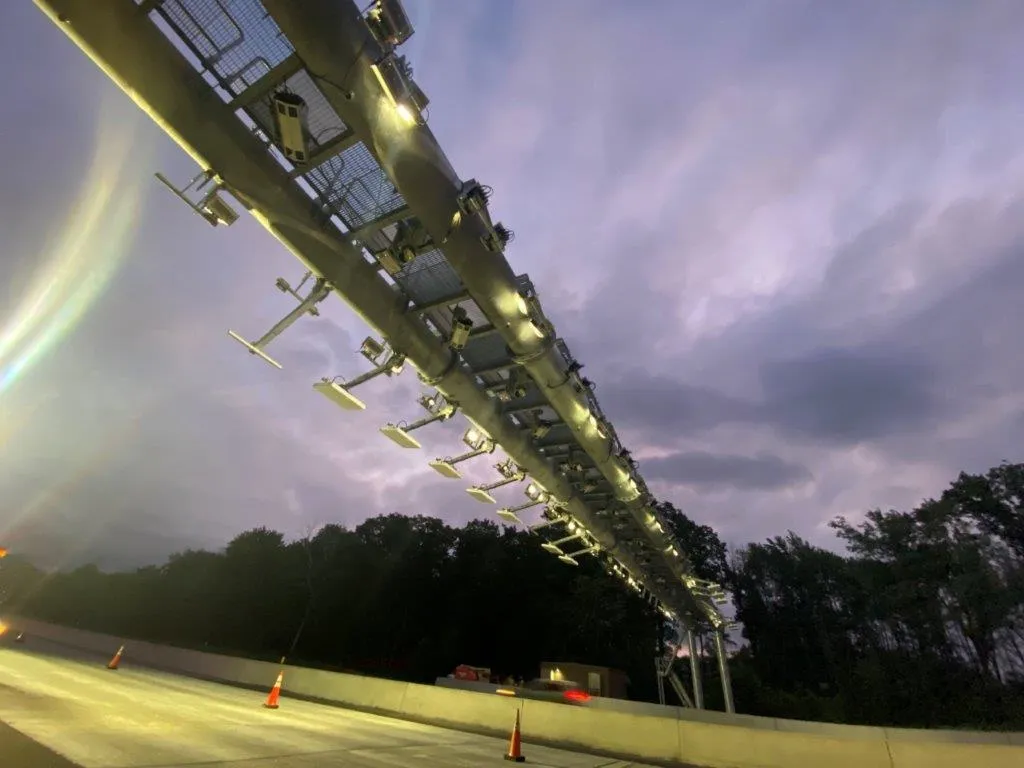Tolling won’t begin until late this year, but drivers may soon notice cameras in place on the toll gantry located at the north end of the Abraham Lincoln Bridge, near Court Avenue, on the Ohio Rivers Project in the US.
Two cameras are scheduled to be installed for testing as part of preparations for the new RiverLink all-electronic tolling system.
Tolling won’t begin until cross-river capacity is added to the system. That means either the improved Kennedy Bridge will be fully open to six lanes of I-65
August 8, 2016
Read time: 2 mins
Tolling won’t begin until late this year, but drivers may soon notice cameras in place on the toll gantry located at the north end of the Abraham Lincoln Bridge, near Court Avenue, on the Ohio Rivers Project in the US.
Two cameras are scheduled to be installed for testing as part of preparations for the new RiverLink all-electronic tolling system.
Tolling won’t begin until cross-river capacity is added to the system. That means either the improved Kennedy Bridge will be fully open to six lanes of I-65 southbound traffic, with six lanes of I-65 northbound traffic on the adjacent Lincoln Bridge, or the new East End Bridge will be open to traffic. Both are expected to happen late this year.
RiverLink is the new, all-electronic tolling system making the Louisville-Southern Indiana Ohio River Bridges Project possible. There are no toll booths, no coin machines, no lines and no stopping. Initial toll rates range from $2-$12. The lowest toll rates are for drivers with transponders. Drivers must set up a prepaid account to get a transponder.
Two cameras are scheduled to be installed for testing as part of preparations for the new RiverLink all-electronic tolling system.
Tolling won’t begin until cross-river capacity is added to the system. That means either the improved Kennedy Bridge will be fully open to six lanes of I-65 southbound traffic, with six lanes of I-65 northbound traffic on the adjacent Lincoln Bridge, or the new East End Bridge will be open to traffic. Both are expected to happen late this year.
RiverLink is the new, all-electronic tolling system making the Louisville-Southern Indiana Ohio River Bridges Project possible. There are no toll booths, no coin machines, no lines and no stopping. Initial toll rates range from $2-$12. The lowest toll rates are for drivers with transponders. Drivers must set up a prepaid account to get a transponder.










